17 days 16 nights
Daily Tour
Unlimited
English
About this tour
Highlights
- Mesmerising View of World’s Highest Mt. Everest 8848
- Stunning Views of Many Ice Peak Mountains in Everest Region
- Kallapathar Majestic Viewpoint
- Nepal Biggest Khumbu & Longest Ngozumpa Glaciers
- Hillary Suspension Bridge
- Namchebazar the Sherpa Capital & Tengboche Monastery
- Sagarmatha National Park & Biodiversities of Flora & Fauna in Everest Regions
- Traditional Sherpa Villages, Culture, Traditions and Hospitality
Included/Excluded
- Airport Pick up and Drop by Private Car upon arrival and departure
- Hotel Accomodation (Shared Room for Minimum 2 Pax and Single Room for Private Trip) in Kathmandu & in Tea Houses as per Itinerary
- All clean Standard Teahouses (Shared Room for Minimum 2 Pax and Single Room for Private Trip) in Lukla, Phakding, Namchebazzar, Tengboche, Dingboche, Lobuche, Gorakshep as per Package booked
- Overland transport from Kathmandu to Ramechap (both ways)
- Meals 3 x a day as per mentioned in Itinerary
- Company Duffle Bag to lend for trekking
- Sleeping Bag to lend for trekking
- Seasonal Fruits during trekking
- Professional Experienced Licensed English Speaking Guide
- Porter (1 Porter for 2 People with maximum luggage 25 kgs)
- Sagarmatha National Park Trekking Permit & Government Tax
- Nepal Visa Online Application Service
- Emergency Evacuation Management / Service by Horse or Helicopter Farewell Dinner before Departure
- Official Trekking Certificate from our Company
- Flight ticket to Nepal & Travel Insurance
- Tourist Visa On Arrival Fee --> 15 Days = USD 30, 30 Days = USD 50
- Tips for Guide & Porter
- Extra Accommodation which is caused by your early arrival or late departure other than the trek date, and if you are back to Kathmandu early from the trek due to any problem or rescue (other personal reasons).
- Extra Airport transfer cost if you have to return back from Kathmandu/Ramechap airport to hotel again and again go to Lukla airport because of weather problem (flight cancellation).
- Horse Rent / Helicopter Cost/Expenses for Emergency Evacuation or Personal Request
- Personal Expenses for trekking such as mountain gear or equipments, shopping, wifi/nepal simcard, phone/battery charge, hot water/shower, extra personal meals, drinks (mineral water), snacks, laundry etc
- Other Personal Expenses which are not included in the above facilities.
Itinerary
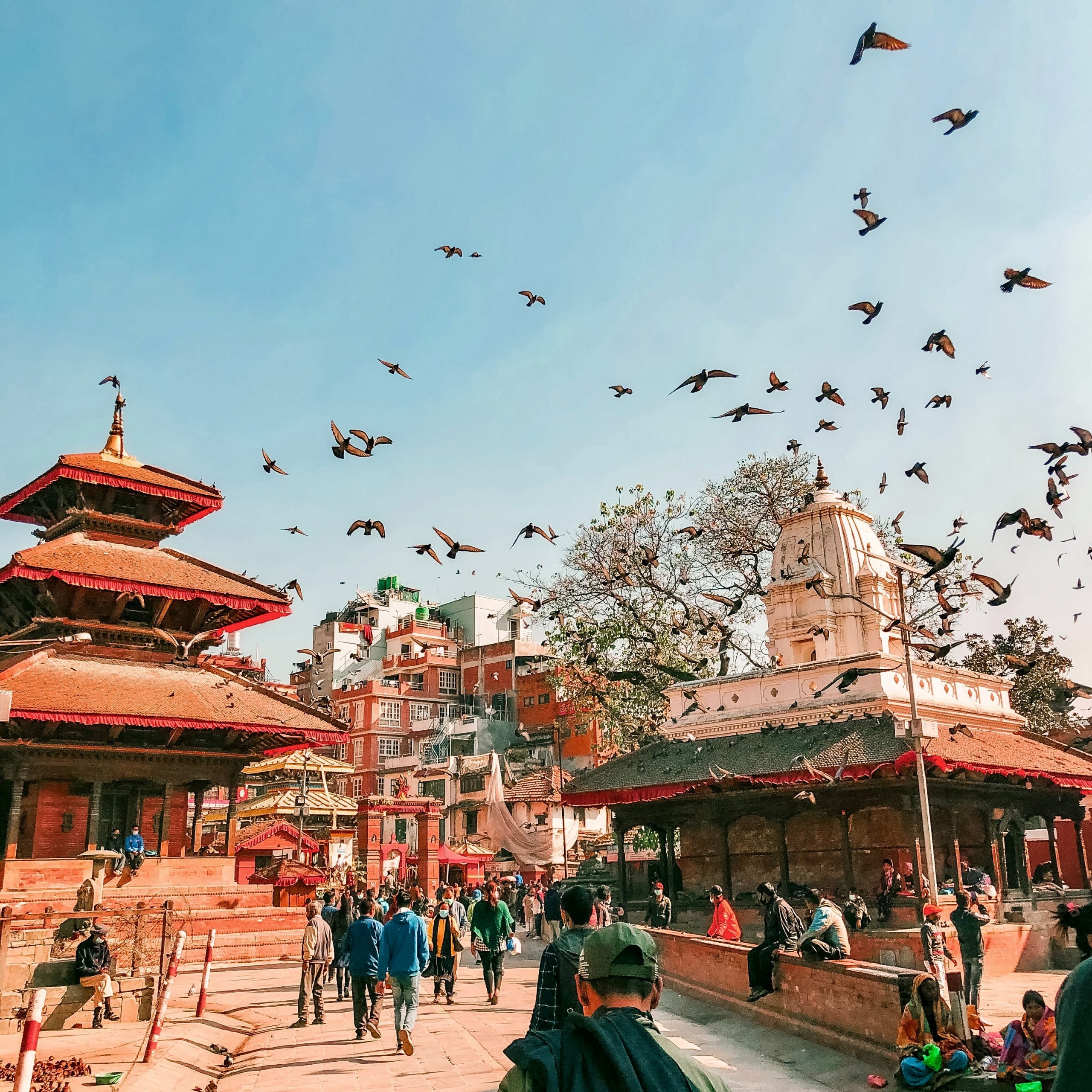
Upon your arrival at Tribhuvan International Airport, you'll be greeted and transferred to your hotel in Kathmandu. You can rest and prepare for the adventure ahead

Flight to Lukla (2,840 m) from Kathmandu – 35 minutes or drive to Manthali/Ramechhap (474 m) – 5 to 6 and a 20 minutes flight to Lukla, and then trek to Phakding (2,610 m) – 3 to 4 hours. Overnight at a guesthouse.

Trek to Paiyun - Your trek begins as you move from Kharikhola to Paiyun. The trek takes around 5 to 6 hours and introduces you to the initial trails and elevation gains.

Trek to Phakding - Continuing your trek, you'll head from Paiyun to Phakding, a journey of 6 to 7 hours, gradually ascending and passing through beautiful landscapes and local villages.
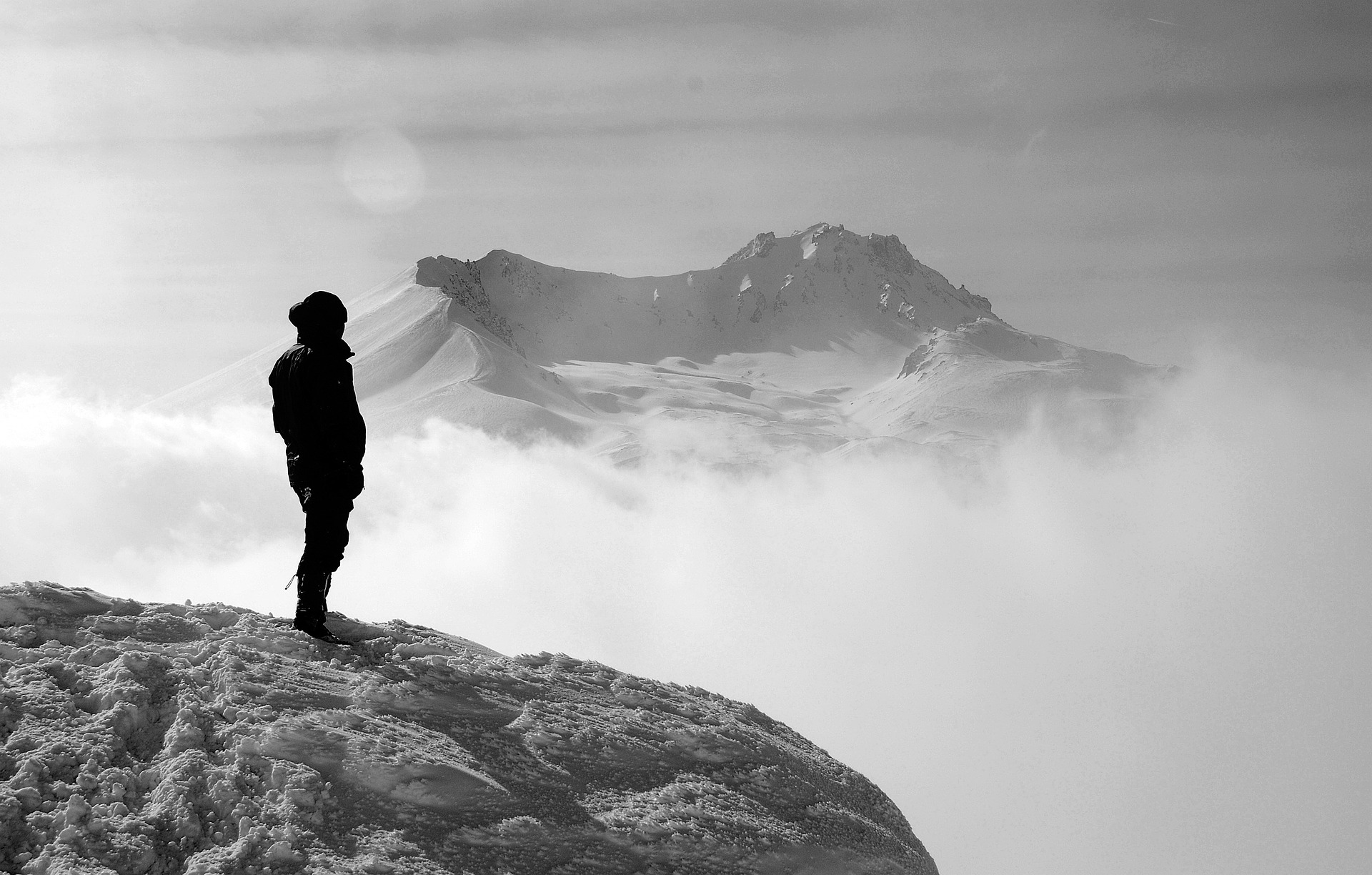
Trek to Namche Bazaar - This day's trek takes you to Namche Bazaar, a significant town on the route. It's about 5 to 6 hours of trekking, and the altitude gain becomes more noticeable.
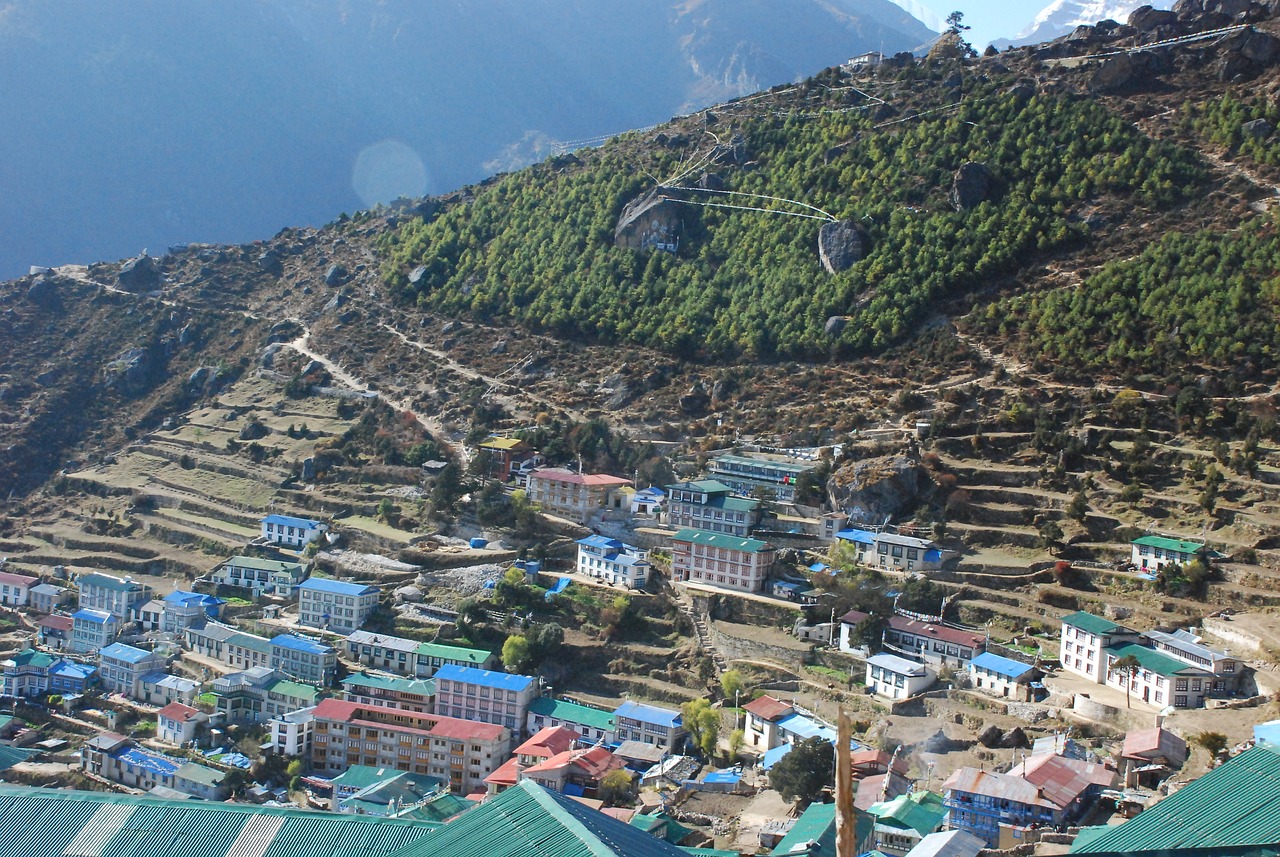
Acclimatization at Namche Bazaar - You'll spend the day in Namche Bazaar for acclimatization. A hike to Hotel Everest View provides stunning panoramas of the Himalayas.

Trek to Tengboche - Continuing the trek, you move towards Tengboche, known for its monastery and magnificent views. This day's trek lasts around 5 to 6 hours.

Trek to Dingboche - You'll trek to Dingboche, gaining altitude as you move closer to the higher elevations. This day involves about 5 to 6 hours of trekking.

Acclimatization at Dingboche - Another day for acclimatization. A hike to Nangkartsang Peak offers breathtaking vistas and helps in acclimatization.

Trek to Lobuche - As you proceed, the landscape becomes more rugged. This leg of the journey takes about 5 to 6 hours to reach Lobuche.

Trek to Everest Base Camp and Gorak Shep - A pivotal day as you reach Everest Base Camp before returning to Gorak Shep. A longer trek of 8 to 9 hours.
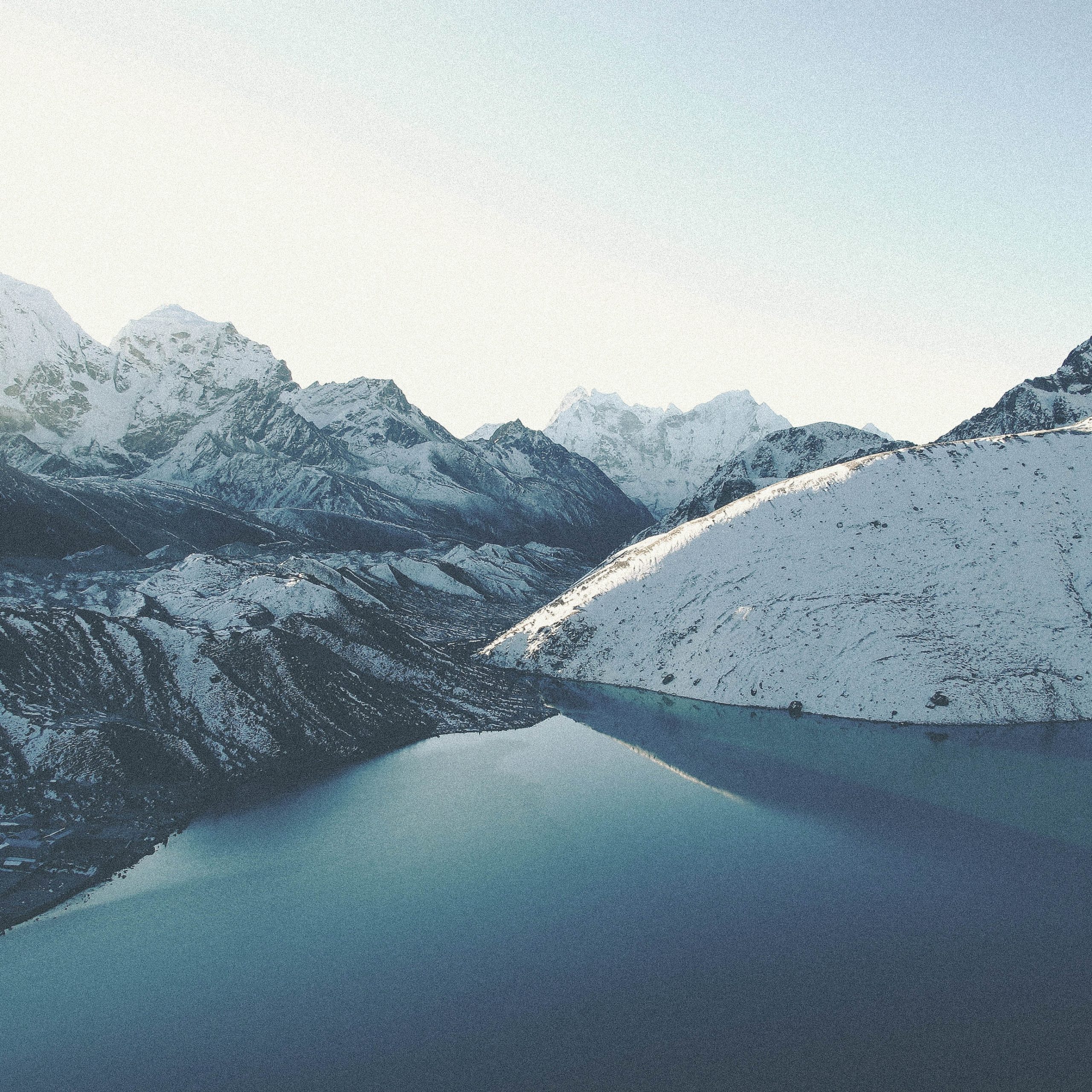
Early morning Hike to Kala Patthar (5,555 m) and then, descend to Pheriche (4,240 m) – 7 to 8 hours. Overnight at a guesthouse.

Trek to Namche Bazaar - You'll retrace your steps back towards Namche Bazaar, taking about 6 to 7 hours.
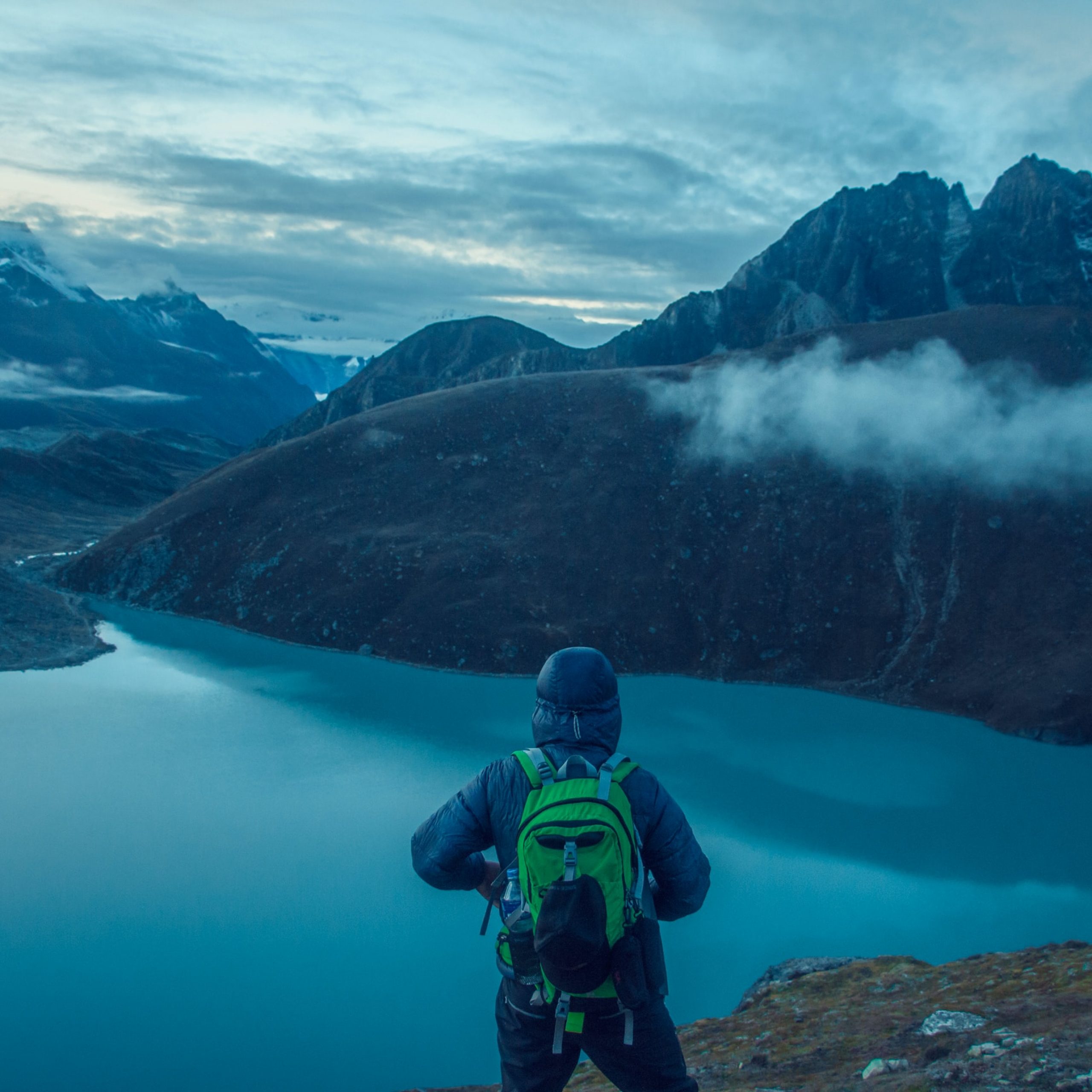
Trek to Lukla (2,840 m) from Namche Bazaar – 6 to 7 hours. Overnight at a guesthouse.

Trek to Kharikhola - You'll backtrack a bit as you move from Lukla to Kharikhola, taking about 6 to 7 hours.

Drive to Kathmandu (1,400 m) from Kharikhola by Private tourist vehicle – 12 to 14 hours. Overnight at a hotel.

Transfer to the International Airport for your Final Departure

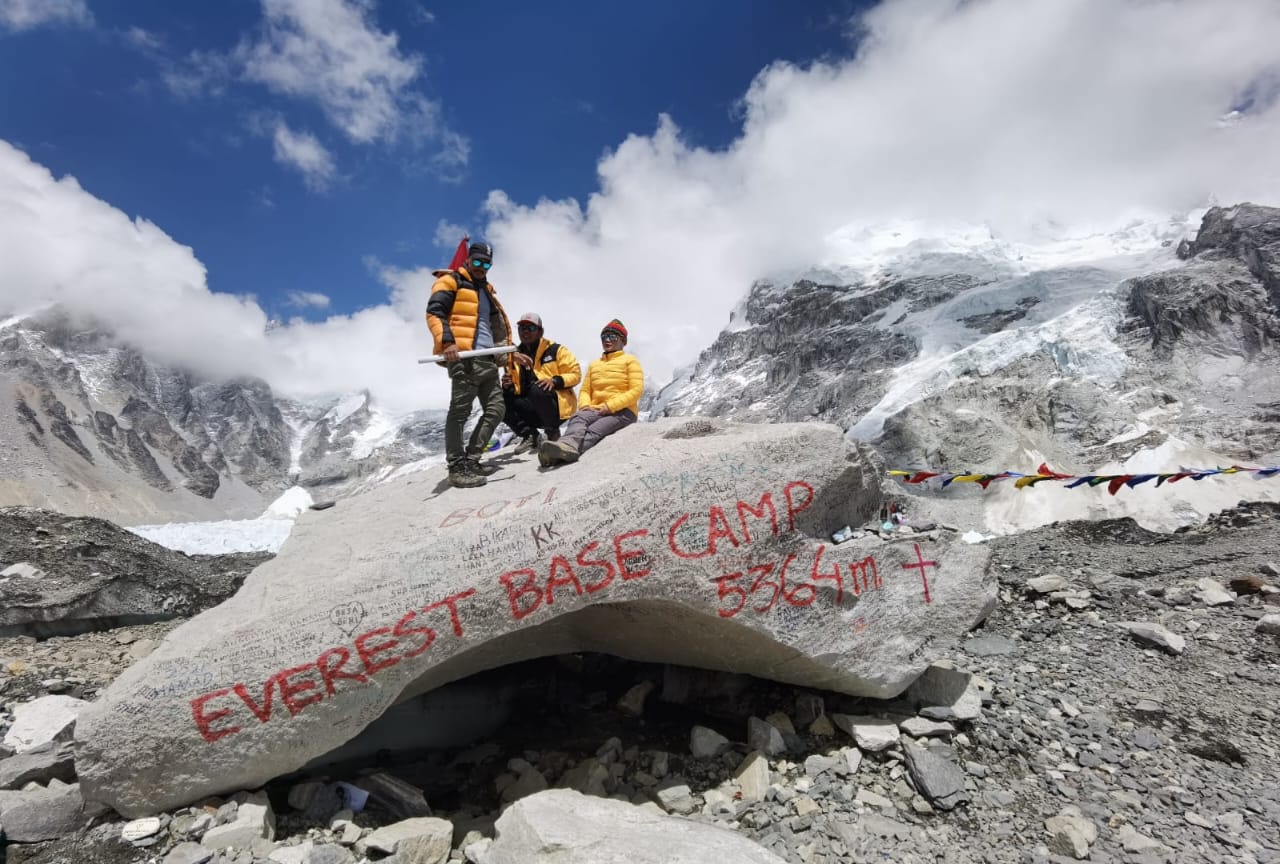
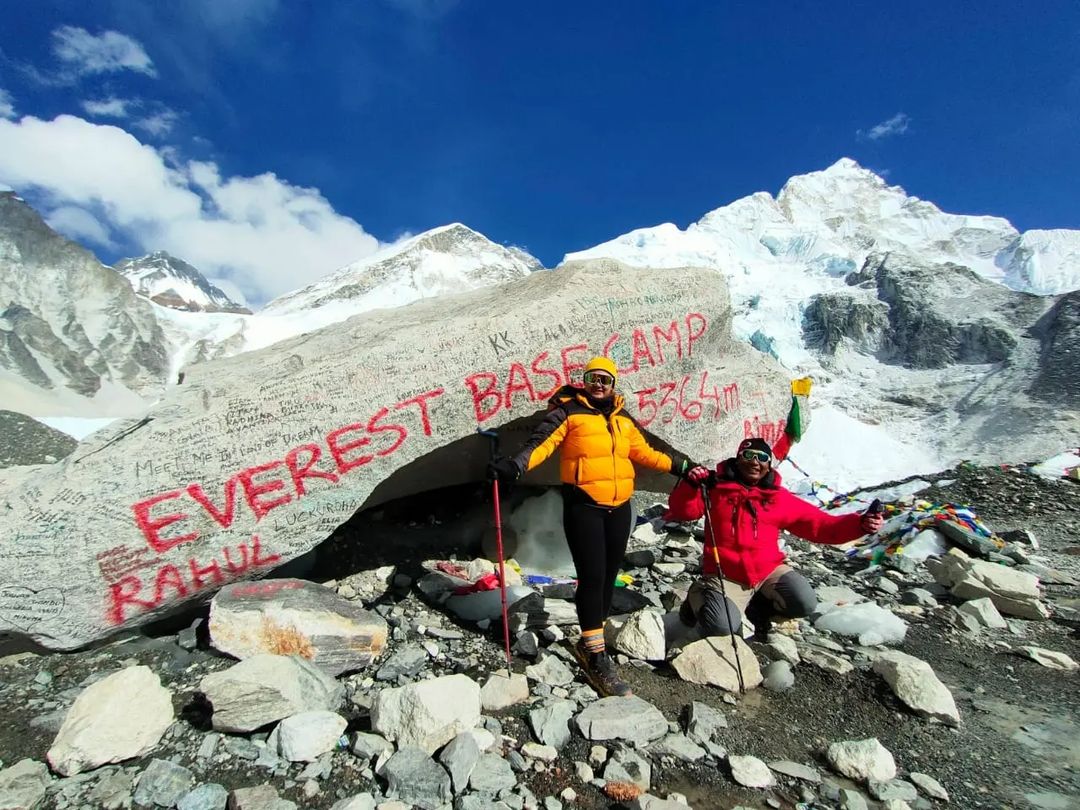








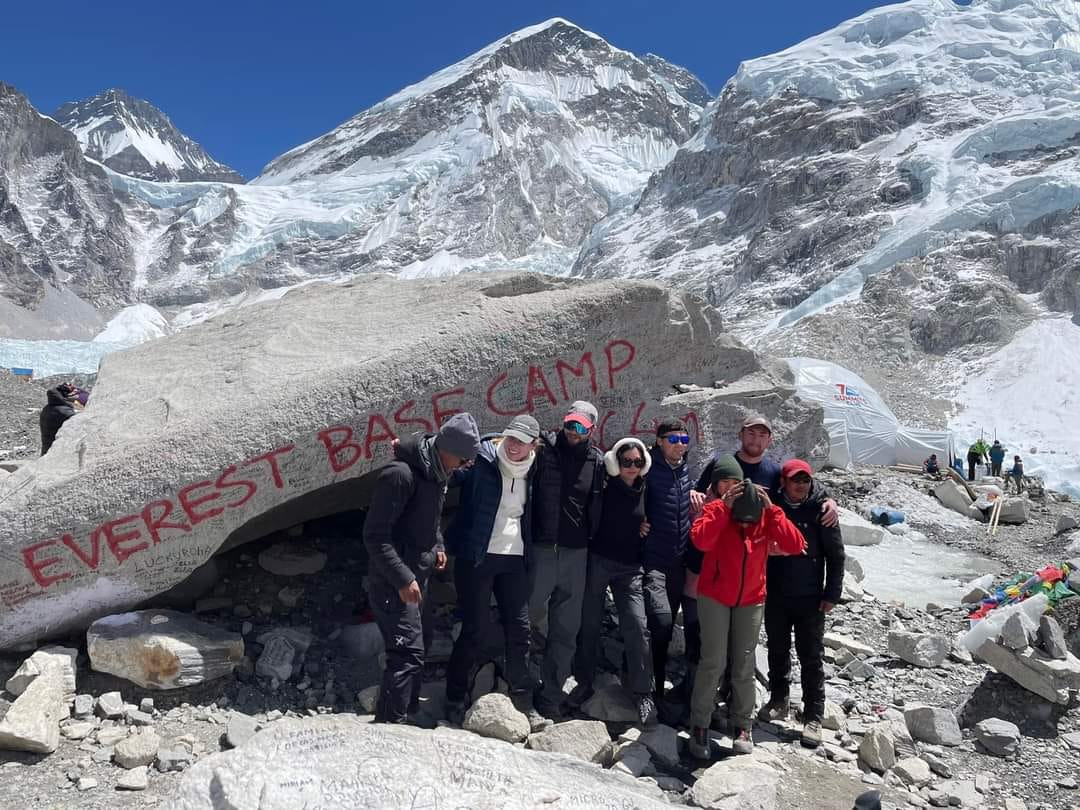

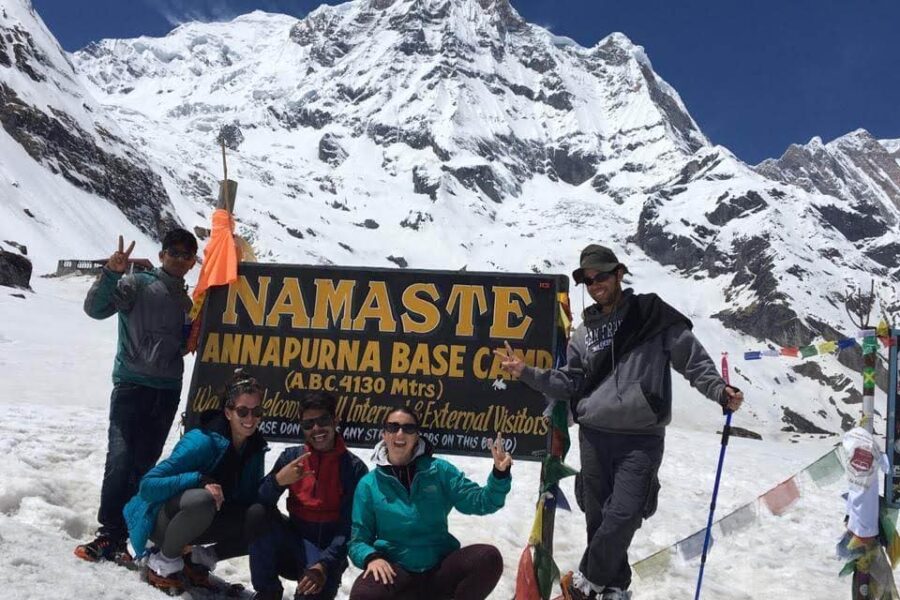



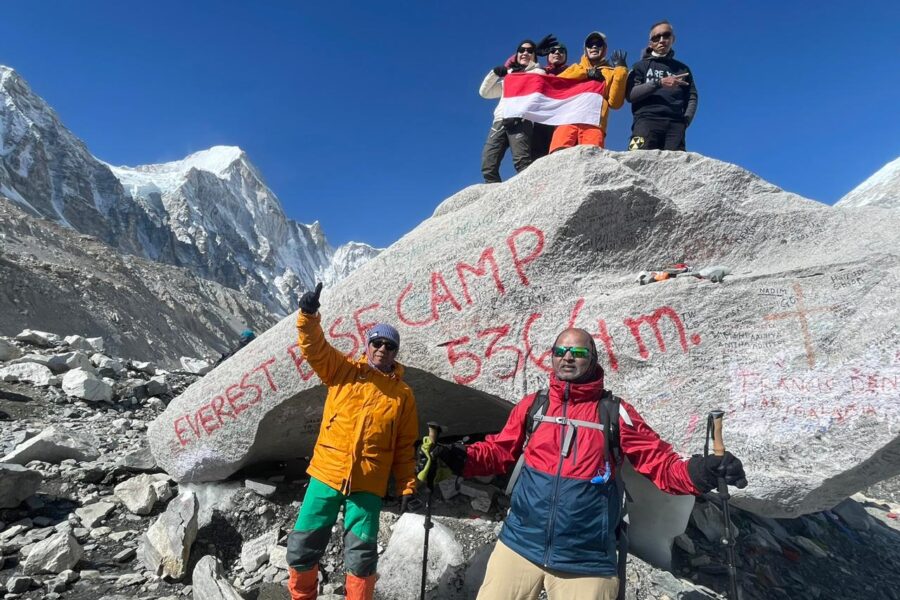



Leave a review